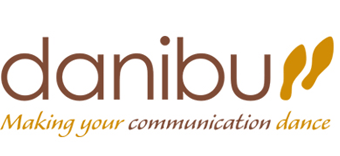I went on a Champagne tasting trip to Reims recently, and visited one of these renowned Champagne houses. An unforgettable and indulging Sparkling Wine tourism experience! And a surprisingly adequate analogy for Communication. Why?
Not only because the level of people’s eloquence and guts for candid communication seem to rise with the sound of each Champagne cork popping up. But also because of the Champagne Tower. You know … These crystal set-ups where the champagne is filled in the top glasses, from where it spills over to the next level underneath, until eventually, the precious bubbles land in the glasses at the bottom of the tower.
This reminded me of the communication cascade, where information structurally drip feeds to all levels in an organization, with everyone ultimately being involved. Cascades involve a certain hierarchy and might seem at odds with flattening workplace hierarchies that have been trending for several years. But if all actors in the cascade play their roles as Leaders and Communicators, passing down the news (like the overflowing champagne), people will feel connected – with their team, their managers and even the CEO.
I’ve come to appreciate time and again how good communication cascades spark collaborations, increase productivity and build engagement.
Senior leaders, in particular, need to share what’s going on in their business, and if they regularly fill these top champagne glasses, the cascading tower will do its magic! Done authentically and timely these kind of communication spill overs can build a real connection with employees and customers.
Make your cascades work:
1. Don’t let them dry up half way (“my line manager did not pass on the information”): Train your leaders into Communication-capable line managers who take their responsibility to explain corporate information to their respective teams
2. Stop one-size-fits all: Segment your audiences and package your messages into digestible chunks
3. Tailor the central storyline to cultural contexts: Your messages, imagery and tonality must match different businesses, countries or cultures
Upskilling middle managers with communication and cascade techniques is vital for all those who lead. Want to improve your communication and put your effort to where it can make the biggest difference? Join one of the upcoming danibu communications trainings (Champagne guaranteed …). Santé’, Cheers and Prost!
